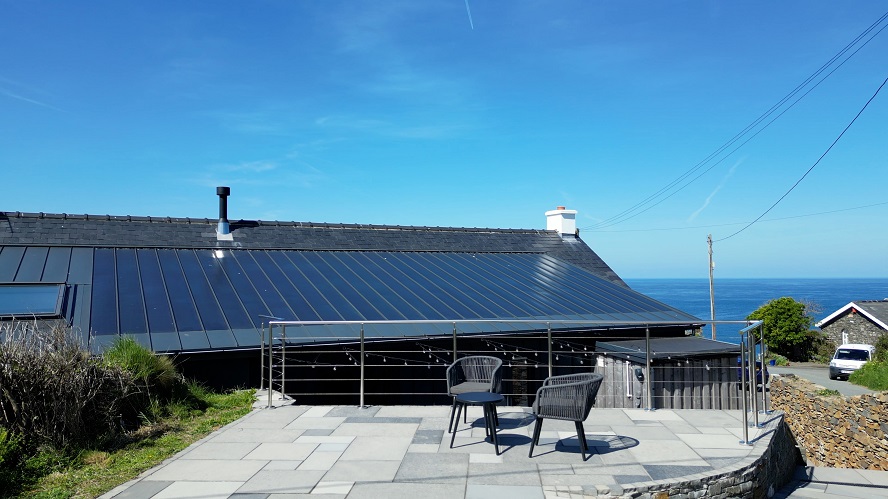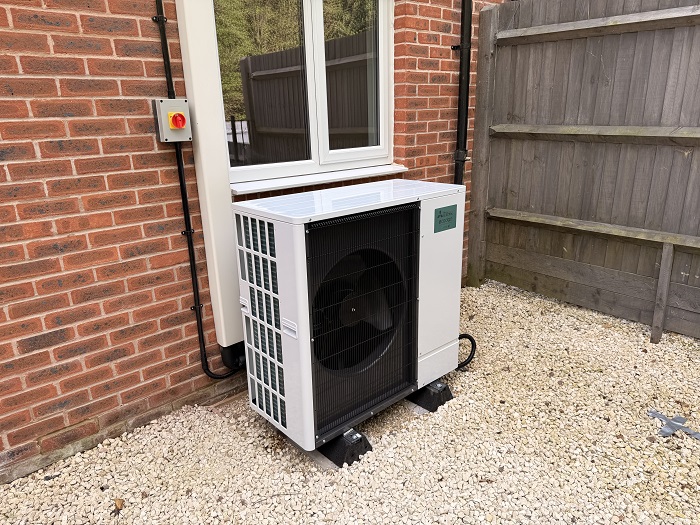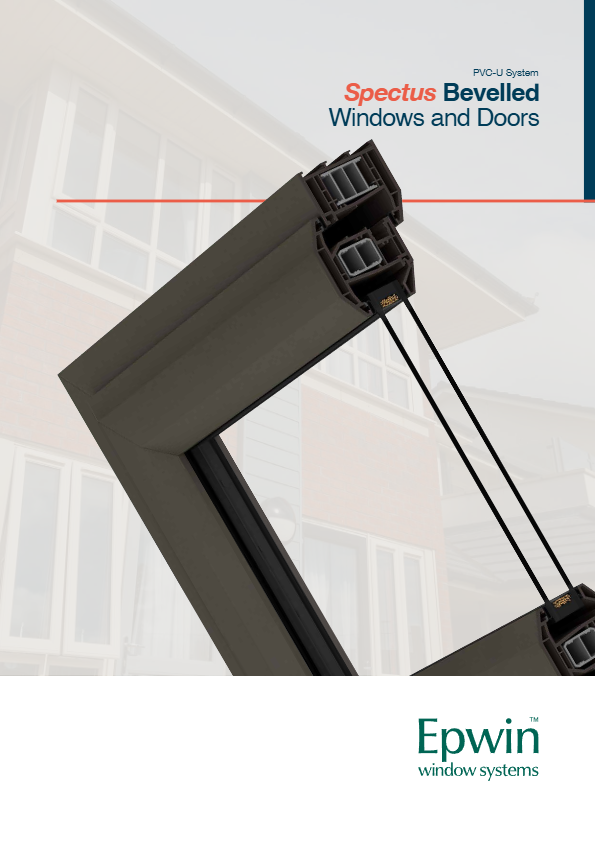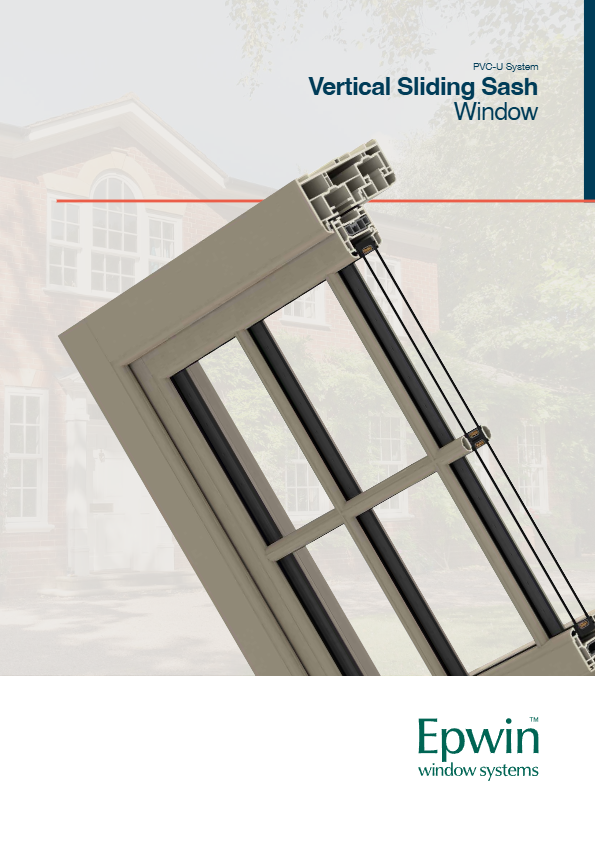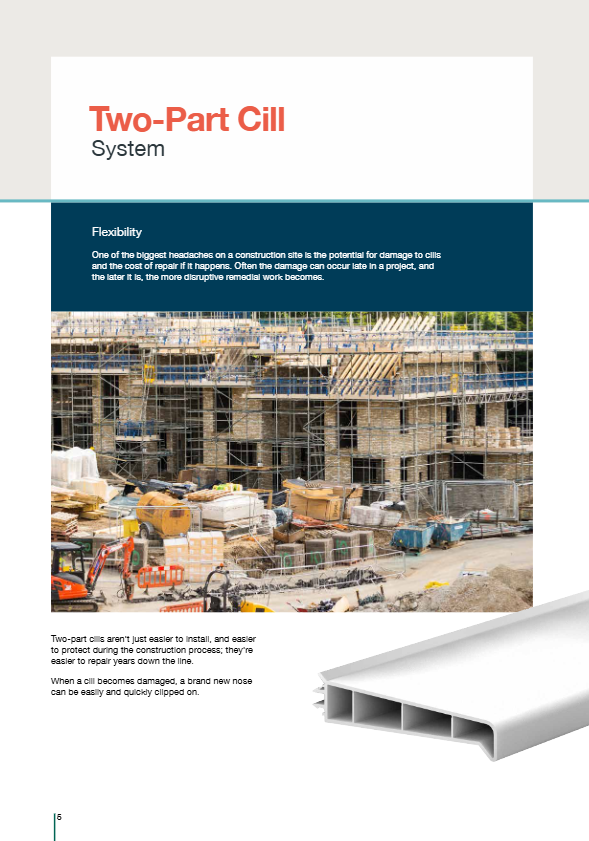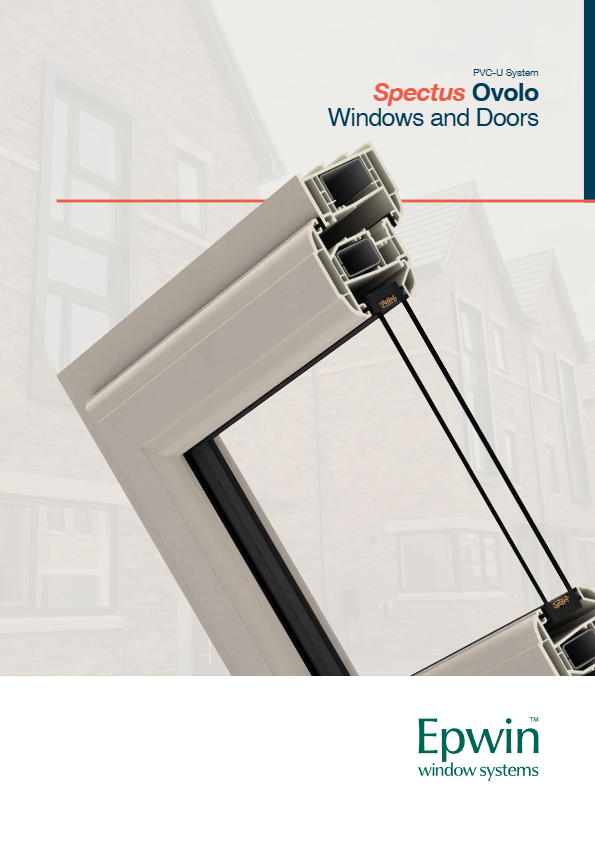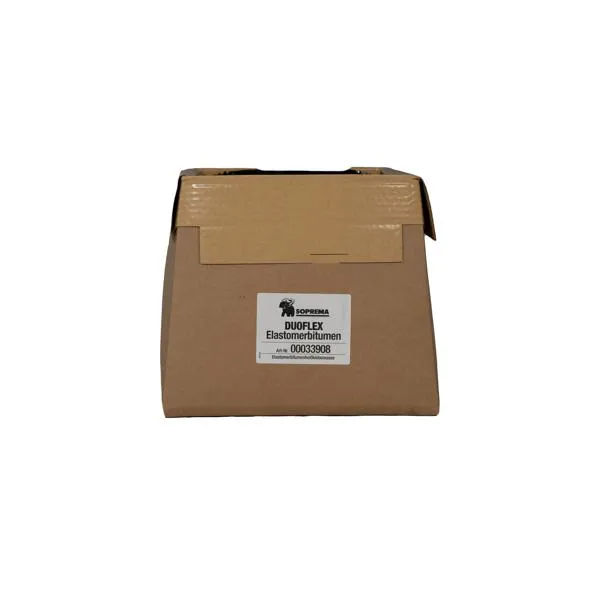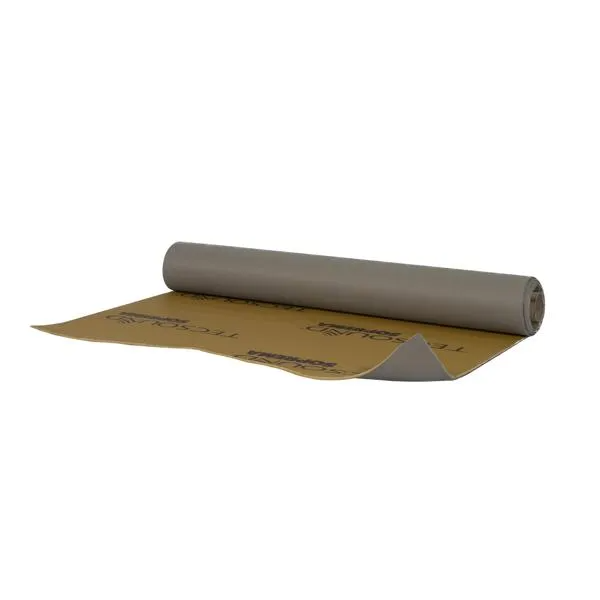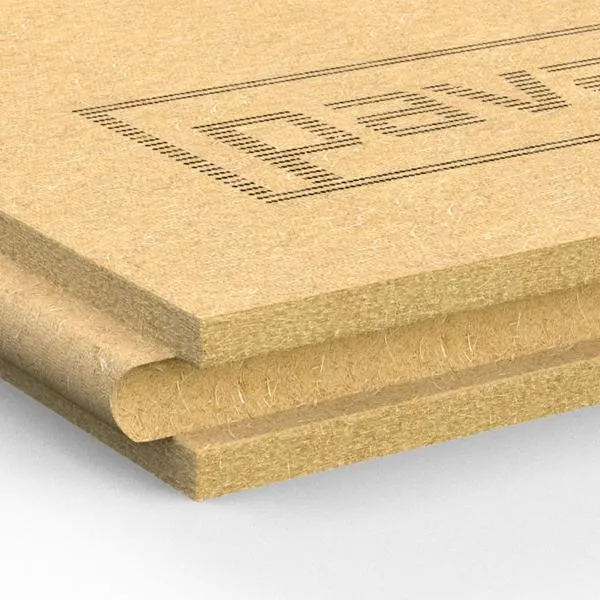
Concerns raised by government climate advisers that homes and hospitals are not being constructed to cope with hot summers have been welcomed by innovative insulation manufacturer Actis.
A recent report issued by the Committee on Climate Change (CCC) says the government is not doing enough to cope with the risks associated with extreme weather conditions – with one of its concerns being that many buildings overheat in the summer.
And it warns that premature deaths from overheating could triple to 7,000 per year by the 2050s as temperatures rise and the population ages.
The CCC estimates that a fifth of homes are already at risk of overheating, even in a cool summer, and mentions forthcoming research from Cambridge University which concludes that 90% of hospital wards are already prone to overheat.
Chair of the CCC’s adaptation sub-committee, Lord Krebs said: "There has been a lot of emphasis on energy saving, rightly so, but not enough on the risk of overheating in homes, hospitals and care homes.
"We think new-build properties need new building standards to prevent overheating."
Actis’ Hybrid range of CE marked products and its thin multifoil product for loft conversions are becoming increasingly recognised for their ability to maintain properties at a fairly consistent and comfortable temperature regardless of the weather.
Actis technical manager Thomas Wiedmer explained: “During the winter, at night a highly insulated building will retain a lot of the heat built up through solar gain during the day. Masonry walls act as a thermal store, releasing heat into the building at night – similar to storage heaters. Therefore when external night time temperatures decline, insulation prevents a similar decline internally which means internal temperatures remain close to day time temperatures. A topping up process occurs the next day when the sun rises again.
“Insulation is designed to retain the heat when outside temperatures cool at night and to keep the house comfortable in the blistering heat.”
“Reflective insulation technologies also have the specific ability to counteract heat transfer via radiation. This helps to reflect the solar heat which helps to keep the property at a constant low relative temperature. Timber framed walls and roofs perform in a slightly different way from masonry walls, in that the structure is relatively lightweight with low thermal mass. The reflection of heat rays is therefore even more important to prevent a timber framed wall or roof area for warming up quickly during the day.
“Certainly, using reflective insulation is an extremely popular choice for loft converters because it is known that radiated energy of the sun will be reflected back away from the building in summer. One of the reasons for the success of our products is that they help keep the roof space cooler in the summer.
“Of course, no form of insulation can address the significant effects of solar gain through windows in summer.”








